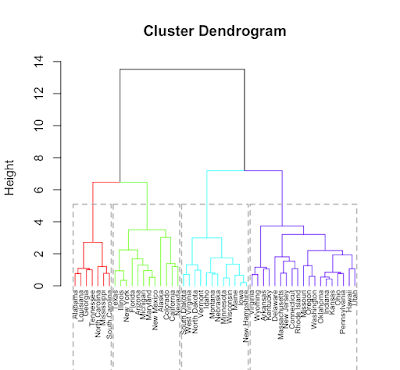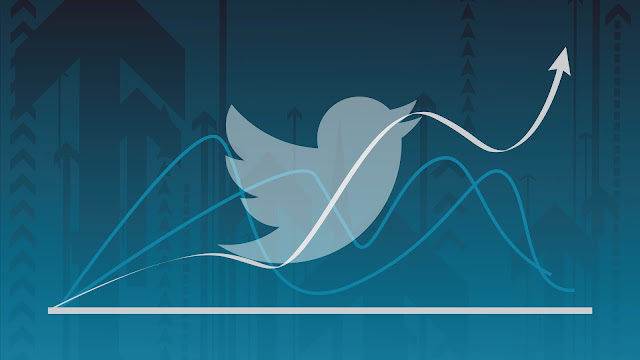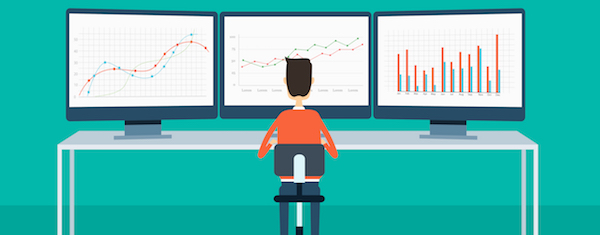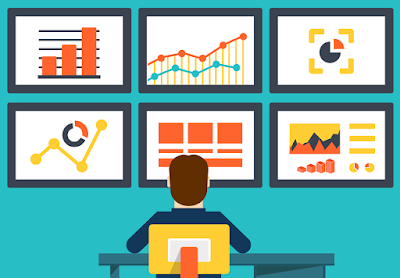Stuff That Gets You Interested !
AI, Image Analysis and Convolutional Neural Networks.
Analysts! After the overwhelming response received for our introductory blog here we are (quite ahead of schedule) with the very first blog of the first block. It covers recent technological advancements and applications of data science and machine learning. Before you start reading we must inform you that you should continue reading only if you have a basic understanding of the commonly used data-mining and machine learning techniques.
This article would actually go slightly above the beginner level at this point of time. However this is just a brief overview and not a tutorial. For readers who are new to data science or machine learning algorithms, do not worry ‘cause in two weeks’ time we will be uploading the very first data science session with Introduction to R and basic R programming overview.
Now this is the buzz-word of
our generation and perhaps for generations to come. What is it that you keep
listening, hearing or reading in the technology industry? What is it that
entire industry is adapting to? Well it has varied names nowadays like
automation or machine learning but commonly you would have heard of it as
Artificial Intelligence (AI).Yes AI. And today we’re going to talk about how AI
is being used by technology giants like Google and Microsoft for Image
Analysis.
Before we start how image analysis is
done using AI algorithms let’s talk about image analysis first. Shall we?
Image Analysis ranges from finding
basic shapes, detecting edges, removing noise and counting objects to finding
anomalies in routine. Security and surveillance are incomplete without an
intelligent system that can predict pedestrians and vehicles, and make a
difference. Let us hear about it from someone who is currently making huge
strides in this field.
Uncanny Vision (http://www.uncannyvision.com/), a startup delivering
image analysis, tells us how it happens. Their system identifies objects in
images using an analytical system powered by deep learning( we’ll have an
entire blog about it next week) algorithms. The deep learning framework Caffe
powers this system. The framework managed by Berkley Vision and Learning
Center (BVLC) is capable of processing more than 60 million images in a single
day using one NVIDIA K40 GPU. On an average this amounts to 695 images per
second. Compare it with the fact that we only need 17 to make a series of
images into a video, with HD video going up to 60.Basically, this system can
analyze about 11 HD videos at once!
The algorithm mostly used for image
analysis is undoubtedly Artificial Neural Networks or ANNs. We’ll not be
talking about ANNs here as we told you this article is a bit above the beginner
level. What we’ll talk about is their upgradation for image analysis. Undoubtedly
neural networks can identify and recognize patterns and do a lot of interesting
stuff but when we talk about real-time image analysis from multiple angles and
lack of content in the frame, the capabilities of ANNs are limited. This is
where convolutional neural networks (CNNs) come in.
A CNN consists of three steps. Start
from convolution from your engineering lectures where we convolved a filter
with input function to get some output. Padding was then added to make this
result similar in size to the original image. You know the basics right? Pooling
is subsequently done to reduce the size of data. Then, the networks use fully-connected
layers where each pixel is considered a single neuron similar to regular neural
network. Batch normalization is the final step in the process which honestly
has become outdated with use.
This video by Brandon Rohrer will help you understand CNNs:
Let’s talk about some other techniques
for image analysis. These algorithms can be as simple as binary trees to more
complex ones like decision trees. Decision tree for example is used by
Microsoft Structured Query Language (SQL) server. Never thought analytics would
be used in SQL but when you think about how data is fetched in SQL server it
makes a lot more sense (Data Warehousing is an entirely different aspect that
deals with the storage of data in relational databases for data-mining). Decision
tree is a predictive modelling approach used in statistics ,data mining and
machine learning. Some popular implementations are IBM SPS Modeler, RapidMiner,
Microsoft SQL Server, MATLAB and the programming language R, among others. In
R, decision trees use a complexity parameter to measure trade-offs between
model complexity and accuracy on training set. A smaller complexity leads to
bigger tree and vice versa.
Below: Perhaps the most common example used for explaining decision trees
Below: Perhaps the most common example used for explaining decision trees
Another famous technique is cluster
analysis which categorizes objects in test-data into different groups or
clusters. Test data may be grouped into clusters using any number of parameters
hence there can be multiple algorithms for cluster analysis. Formation of
clusters is however not successful for current data analysis need. With
introduction of Internet of Things (IoT) data that needs to be analyzed are in
much higher volume. Here many methods fail due to the curse of dimensionality, resulting
in many parameters being left out while optimizing the algorithm.
Below: Hierarchical clustering dendrogram in R
Below: Hierarchical clustering dendrogram in R
So after seeing how these different
algorithms can be used for image analysis we find that Neural Network is way
ahead of others in terms of accuracy and speed but maybe a bit behind in terms
of complexity but that is a trade-off you are willing to make when performance
is an utmost concern. Neural Networks also demand higher hardware support for
implementation when compared to other algorithms. Believe it or not the neural
networks have existed since 1990s but their success was limited due to
restricted availability of proper hardware.
Movidius Myraid 2,Eyeriss and Microsoft HoloLens are some vision microprocessors being used in today’s vision processing systems. These are different from regular video-processing units as they are suited to running machine vision algorithms such as CNNs. Some applications of vision processing include robotics, IoT, digital cameras and smart cameras.
Movidius Myraid 2,Eyeriss and Microsoft HoloLens are some vision microprocessors being used in today’s vision processing systems. These are different from regular video-processing units as they are suited to running machine vision algorithms such as CNNs. Some applications of vision processing include robotics, IoT, digital cameras and smart cameras.
After all this exhausting tech-talk
about neural networks and image analysis let’s take a seat back and look at the
future we are about to witness. In words of Dr. Reger CTO of Global Business at
Fujitsu ”After logic programming with languages like Prolog and expert systems,
the present phase of advanced neural network consists of the third wave of AI”.
But we are still decades away from a system that can get close to a realistic
one. This brilliance of human body is the reason why researchers have been
trying to break the enigma of computer vision by analyzing visual mechanics of
human beings or other animals.
Again we would like to end our blog
with the words of Dr.Reger “Neural
Networks in general and image analysis in particular will remain some of the
most interesting and important topics in cutting-edge information technology in
years to come.” As fellow machine learning lovers, we surely hope they do.







Comments
Post a Comment